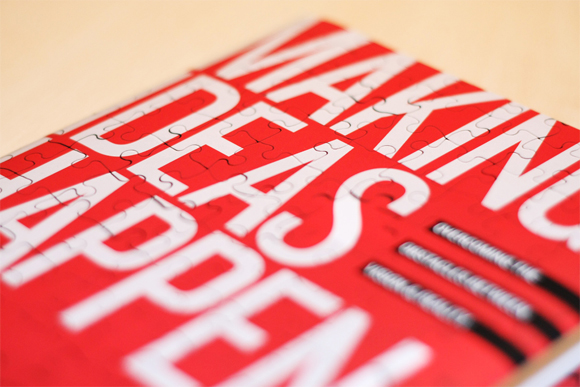By Sarah Jarvis

It’s strange to think that young journalists like me, who don’t have much editorial content published through a paper or website, have brands.
Hearing the term “brand’ makes me feel like I accidentally walked into a PR class, but once I started thinking about social media presence as a form of branding, I became more conscious of the content I see — and the content I post myself.
I can’t speak for my generation (though apparently, Forbes can), but for the most part, my social circles seem to value authenticity in the writers and public figures they follow on social media. I think this is why rag mags and at grocery store checkout lines and paparazzi sites continue to publish pictures of stars doing normal, daily activities — people like to relate to each other, especially those they already admire.

For me, this authenticity means seeing those whose work I respect post a mix of personal, professional and curated content on their social media.
One journalist I follow, Ann Friedman, composes a weekly newsletter in which she links her subscribers to her own work, the work of others that she is reading, and inspiring GIFs she finds. While sending clips from Wayne’s World may not sound like the most professional way of promoting yourself, I find myself respecting Friedman — and identifying with her more — because of the full picture of herself she seems to convey.
Social media has allowed audiences to not only judge journalists by their work, but by the way they interact with their audiences.
As I finish out my degree and prepare to enter the professional world, I have many examples to look at for how I want to convey myself as a journalist. I know what sounds fake, sponsored and sensationalist. At the same time, I realize the journalists I follow and consider authentic make efforts to ensure their web presence stays strong so that I keep thinking about them, trust them, keep coming back to their content, and mention them in blog posts like this.
There are undoubtedly many other writers in the world whose content I would enjoy just as much as Ann Friedman’s, but not every writer maintains such a strong and active web presence. As Sarah Cohen of the New York Times told our class last week, “We can’t wait for (readers) to come to us anymore. We have to find ways to get to them.”
Branding is woven into our daily lives. It is conscious and unconscious. When we start thinking of ourselves as brands, we place more weight on the content we put into the world — and lay a more critical eye on those who shape our own views.
Edited by Natalia Ghilascu


